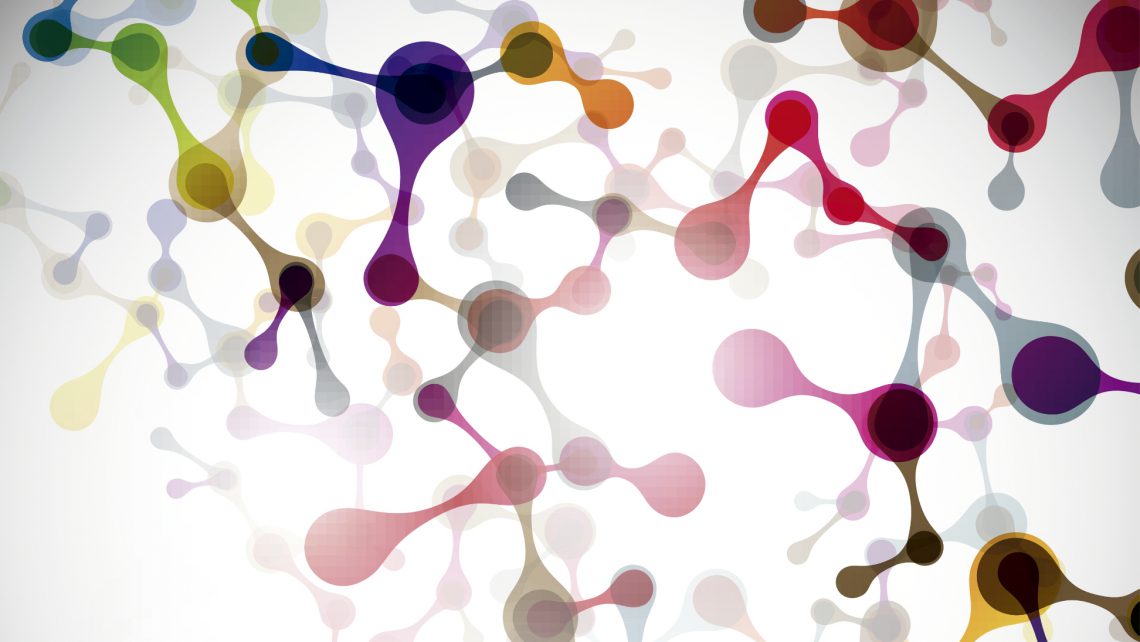
Children born to blood relatives
The question of relationships between blood relatives has been approached in many different ways throughout the course of history. There have been times when relationships of this kind have been commonly accepted. Whilst at other times they have been prohibited for moral, religious or even scientific reasons.
Relationships between blood relatives were actively encouraged in some primitive cultures in order to promote clan unity. For example, marriage between members of the same family in ancient Egypt. The legislation in a large number of US States currently prohibits and actively pursues relationships between first cousins.
Popular culture has taught us that the children of couples who are blood relatives are born with significant malformations or mental disabilities. This belief was bolstered by the fact that certain illnesses such as haemophilia and porphyria were inherited by members of the European royal families as a result of endogamous practices. There is an example in Spanish history. One of our kings was born a frail child, had a mental disability and was sterile as a result of the kinship between his parents. We are referring to Charles II, known as ‘Charles the Bewitched’, a Spanish monarch in the late XVII century.
Is there any scientific basis for these popular culture claims?
Índice
Is there a greater risk of malformations in children whose parents are relatives?
Consanguinity between couples increases the chances of some forms of hereditary health conditions being passed on to the next generation. One group of genetic conditions has what is known as autosomal recessive inheritance. We have two copies of each gene in our genome, one of which is inherited from our father whilst the other is inherited from our mother. Autosomal recessive conditions occur when both copies of the gene have a mutation. If only one copy is mutated and the other is not, the person will be a carrier (he or she may pass the condition on). But will not have any of the symptoms.
Parents share half their genes with their children. Therefore, should there by chance be a mutation in one of the parents’ genes. Half of their children will carry the mutation and have no associated symptoms. In such cases, children born to an incestuous relationship, would have a 25% chance of having that condition.
The chances decrease as consanguinity decreases. However, the probability still remains above that of the general population and, as such, it cannot be ruled out that people from the same family could be carriers of mutations passed on from ancestors that they have in common. The probability of this happening has recently been calculated. It is estimated to be between 1.7 and 2.8 times higher than in couples who with no kinship at all.
Solutions that allow a child between blood relatives to be born healthy
The Genetic Compatibility Test (GCT) allows the analysis of more than 600 genetic diseases or more than 3000 (depending on the modality) with recessive inheritance. When relatives marry, it is recommendable for both partners to take the test in order to rule out if they have the same mutation in the same gene and the associated risk of passing that condition on to their children. Should circumstances of this kind arise, we are able to turn to the very latest technology that provides us with solutions such as pre-implantation genetic diagnosis (PGD). This allows embryos without the condition to be selected prior to embryo transfer.
Dr José A. Ortiz, biochemist at Instituto Bernabeu.
